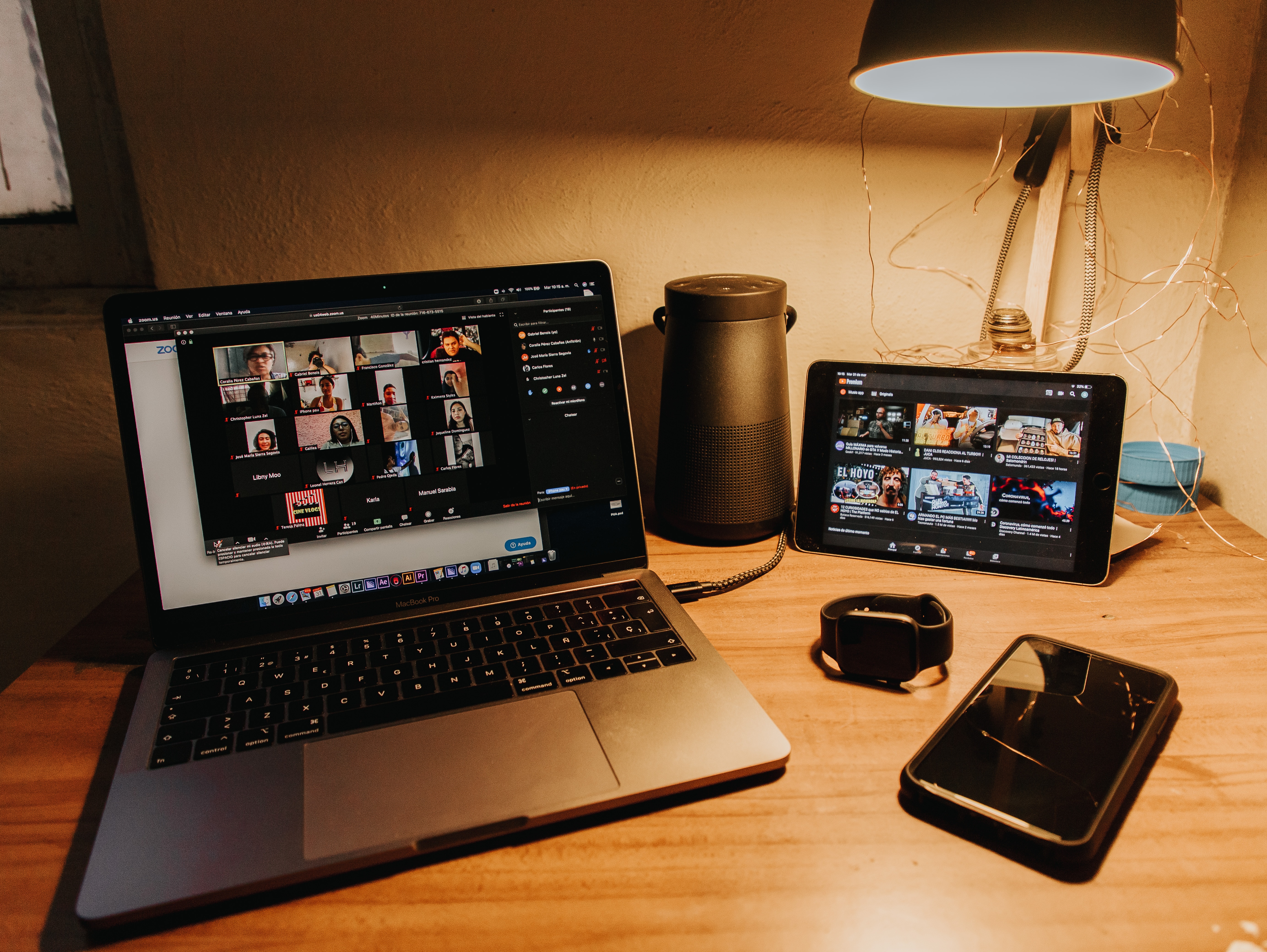As the world grappled with the unprecedented challenges posed by the COVID-19 pandemic, Nairobi’s educational landscape faced a glaring reality: the digital divide. While technology has revolutionized learning, the pandemic highlighted the stark disparities in access to online education tools and resources. Many students in Nairobi found themselves on the wrong side of the divide, lacking the necessary technology and connectivity to engage in remote learning. This sobering revelation underscored the pressing need to bridge this divide and ensure that education remains an equalizing force, regardless of a student’s socio-economic background.

In a world increasingly shaped by technology, the pandemic exacerbated existing inequalities in Nairobi’s education system. The shift to remote learning exposed a chasm that separated students into two distinct categories: those who could seamlessly transition to online platforms and those who were left behind, unable to access the digital realm. The digital divide, often predicated on socio-economic status, exacerbated educational disparities and threatened to widen the gap in academic achievement.
Access to technology and the internet is not merely a matter of convenience; it’s a gateway to education and opportunity. The digital divide in Nairobi highlighted the harsh reality that without the necessary tools, many students were denied their right to education. To bridge this gap, concerted efforts are needed to ensure that every student, regardless of their circumstances, can access quality education.
Infrastructure plays a pivotal role in addressing the digital divide. Government bodies, educational institutions, and private sector entities must collaborate to provide reliable internet connectivity to underserved areas of Nairobi. Community centers, equipped with computers and internet access, can serve as educational hubs, enabling students to access online resources and engage in remote learning.
However, access to technology is only one part of the equation. Digital literacy is equally crucial. Students need to be equipped with the skills to navigate online platforms effectively, critically assess digital information, and harness technology for learning. Educational institutions should integrate digital literacy training into their curriculum, ensuring that students are not just consumers of technology but informed users.
Inclusion is a cornerstone of addressing the digital divide. Ensuring that educational content is accessible to all learners, including those with disabilities, is paramount. Online platforms should be designed with accessibility in mind, allowing all students to engage with the material regardless of their abilities.
Partnerships between public and private sectors can be transformative in bridging the gap. Donations of devices, subsidized internet plans, and collaboration with tech companies can pave the way for more equitable access to technology. Moreover, initiatives that repurpose old devices and redistribute them to students in need can be a sustainable way to address the divide.

In conclusion, the digital divide in education is a complex challenge that requires a multi-faceted approach. Nairobi’s educational landscape must be transformed to ensure that technology is not a privilege but a tool for empowerment. By investing in infrastructure, digital literacy, content accessibility, and collaborative initiatives, Nairobi can level the playing field, ensuring that every student has the chance to learn, grow, and realize their potential, regardless of the challenges posed by the digital divide.




